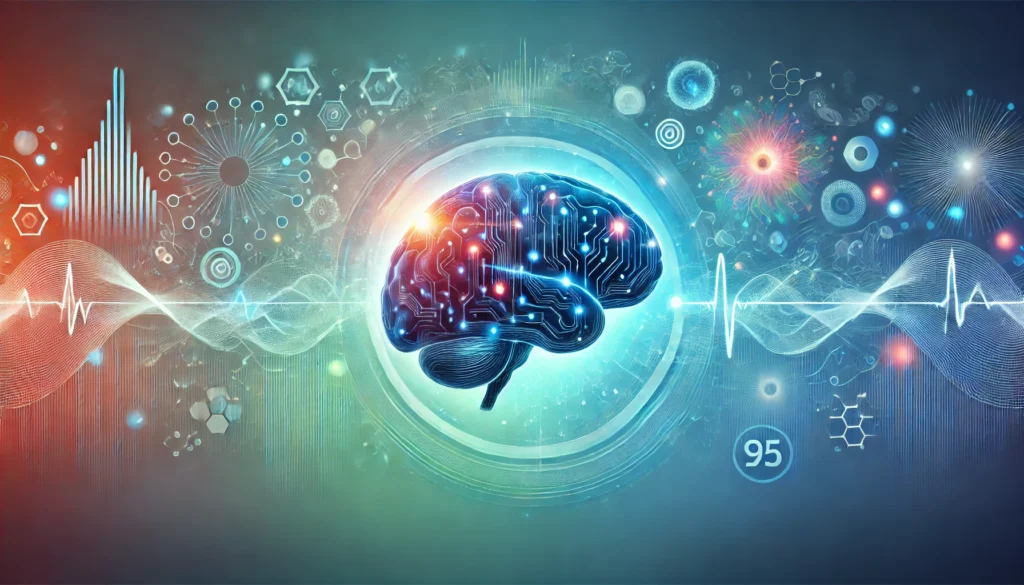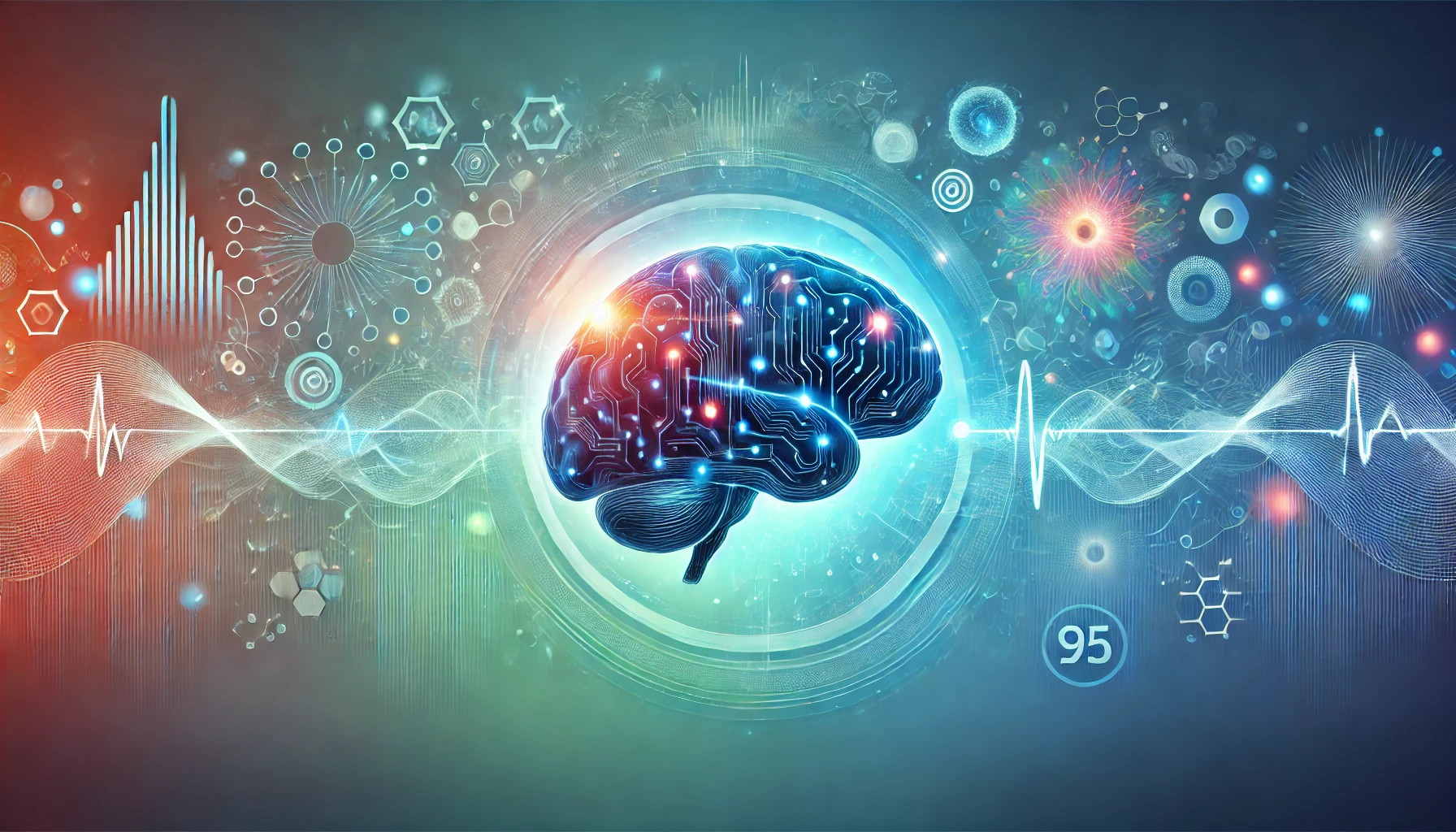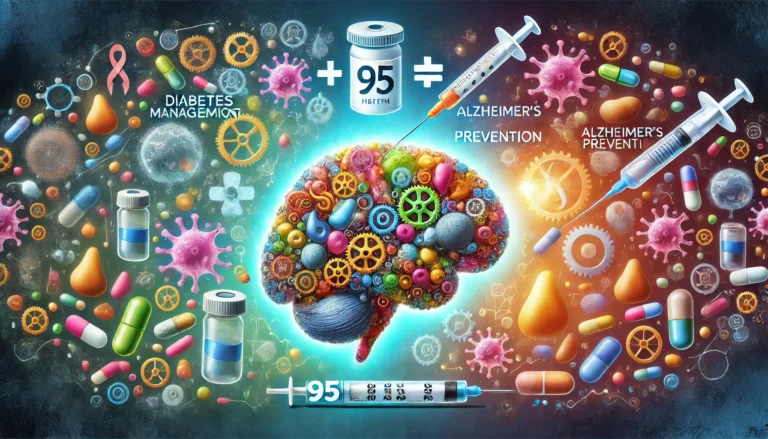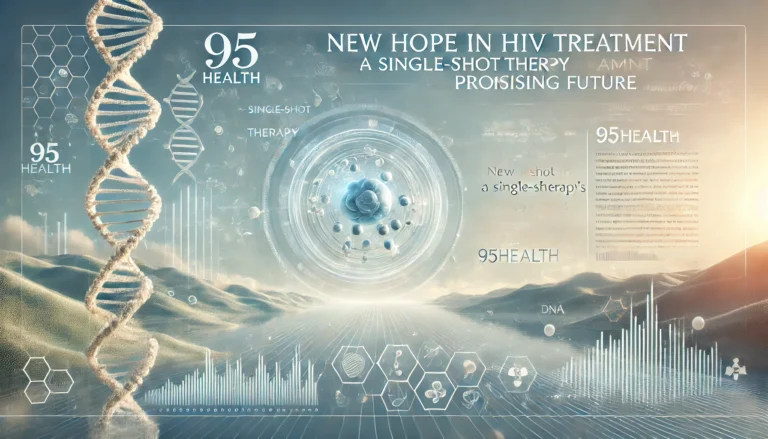Real-Time Brain Stimulation: A Breakthrough for Parkinson’s Disease Treatment
For many years now the treatment of Parkinson’s has relied on deep brain stimulation (DBS). Electrodes place in certain areas of the brain facilitate this treatment for symptoms such as tremors and rigidity. DBS usually provides steady electrical current.;Historically forms of DBS provide constant stimulation that may cause unreliable outcomes and side impacts.;In the past,the application of DBS has involved ongoing electrical stimulation that might produce varied effects and downsides. Recently a new concept referred to as adaptive DBS (aDBS) is transforming the way we manage this condition.
The personalized variation of brain stimulation can modify electrical stimulation promptly in response to the patient’s ongoing brain states. Because Parkinson’s symptoms regularly change throughout the day a fixed level of stimulation is no longer adequate. By utilizing aDBS technology the device detects brain activity and alters stimulation to achieve improved symptom control and reduce side effects.
The University of California in San Francisco carried out a study with government backing showing that aDBS may cut Parkinson’s symptoms in half relative to traditional DBS. Despite being modest in scale this study demonstrates a major progress in personalized treatment approaches. It shows how aDBS can elevate the experience of those with Parkinson’s by delivering a specific and sensitive treatment option.
Read more: The Impact of Social Media on Nightmares and Sleep Quality

Brain signals are examined by algorithms in the aDBS system to change stimulation settings. Patients who had received conventional DBS were assessed with this method. The findings indicated that improvements were significant for those taking part with their most troublesome symptoms.
Regardless of the encouraging aspects shown here; rolling out aDBS requires addressing some difficulties. Establishing the device presents challenges that demand extensive support from educated clinicians. As tech progresses the system is set to operate more on its own which could cut down on needed clinical adjustments and expand treatment possibilities for many patients.
Advanced studies could lead to the conversion of aDBS into a typical treatment for Parkinson’s disease a means for patients to effectively handle their symptoms and boost their daily lives.
Read more: WHO Urges Swift Action to Combat Hepatitis and Rising Liver Cancer Deaths in South-East Asia
Real-Time Brain Stimulation Quiz
Credits to 95health.com






